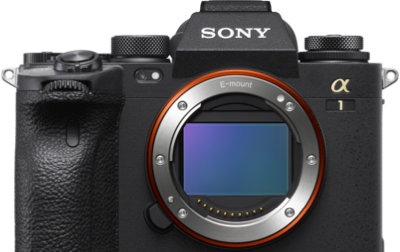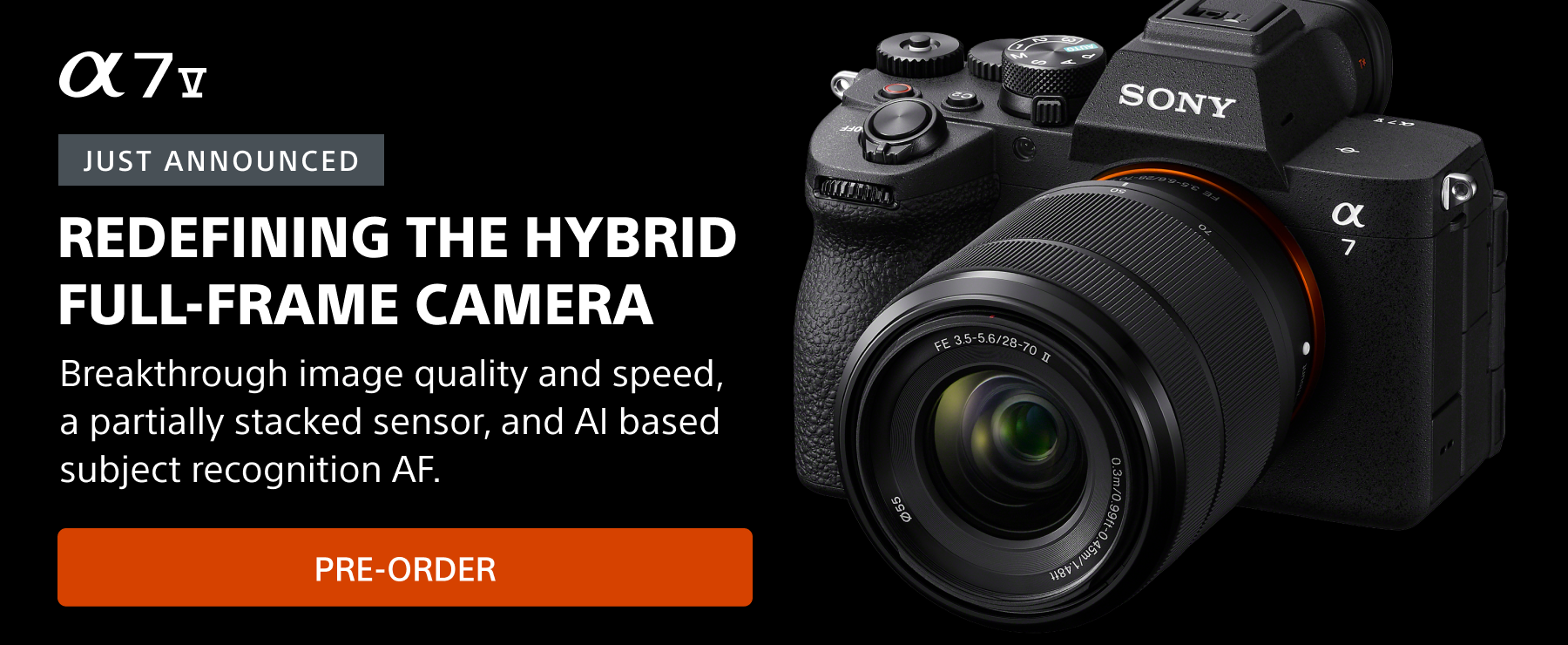Spring has arrived, bringing with it the delightful pitter-patter of rain showers. While many photographers may shy away from shooting in wet conditions, capturing photographs in the rain can result in stunning and unique images (as long as you protect your gear!) Here's a guide with five essential tips to help you embrace the rain and enhance your photography skills.
1. Pack The Right Gear (And Protect It!)
When it comes to shooting in rain, having the right camera and lens can make all the difference. Obviously the camera gear you plan to bring with you depends on what you’re shooting, but Sony's lineup offers excellent options like the Sony Alpha 7R V, known for its high resolution and robust build, or the Sony Alpha 1, which offers incredible performance even in challenging weather. Pair these with a versatile lens like the Sony 24-70mm f/2.8 G Master II, which is not only weather-resistant but also provides excellent image quality and flexibility for capturing everything from wide landscapes to detailed close-ups. With this setup, you'll be well-equipped to create stunning photos, rain or shine!
Alpha Collective member Mike Meyers captured the rainy-day images below using a combination of the Sony Alpha 1, Sony Alpha 7R V, Sony 12-24mm f/2.8 G Master and Sony 24-70mm f/2.8 G Master II.
Above all, make sure your equipment is protected. Invest in a rain cover or a waterproof camera bag to shield your camera and lenses from moisture. If you don't have specialized gear, a simple plastic bag secured with rubber bands can serve as an effective makeshift solution. Bring a lens cloth to keep your lenses clean. Remember, keeping your gear dry is crucial to maintaining its longevity and performance.
2. Embrace Reflections
Rain creates reflective surfaces that can add depth and dimension to your photographs. Puddles, wet streets, and shiny leaves can act as natural mirrors, offering creative opportunities to capture reflections. Look for interesting angles where reflections can enhance the composition, such as the reflection of a colorful umbrella in a puddle or the mirrored skyline on a wet street.
From taxis driving, to tourists running and everything in between – Alpha Collective member Dave Krugman knows how to capture New York City in the rain. Swipe through his shots below for a variety of colorful scenes reflecting off the streets in a soggy Big Apple.
3. Experiment With Shutter Speed
Adjusting your shutter speed can drastically alter the mood of your rain photography. A fast shutter speed can freeze raindrops in mid-air, capturing the dynamic energy of a downpour. Conversely, a slower shutter speed can create a beautiful, soft blur, conveying the serene feeling of gentle rain. Experiment with both to see which effect best complements your subject and desired mood.
Alpha Collective member Elizabeth Gadd created this photo of her sister embracing the cool rain while swimming in a lake years ago. The slowed down raindrops entering the lake create for a peaceful atmosphere.
4. Capture The Atmosphere
Rain can transform the atmosphere of a scene, adding a sense of mystery and moodiness. Use this to your advantage by focusing on elements like mist, fog, and the way rain softens the edges of objects. These atmospheric conditions can add an ethereal quality to your images, making them feel almost otherworldly.
Talented street photographer and Alpha Collective member Monaris has a way of capturing the rain and its mood. See the images she created below and check out her hand-crafted presets if you like her moody photo flavor.
5. Focus On Details
Rain has a way of bringing out the finer details in your surroundings. Zoom in on raindrops clinging to leaves, the texture of wet surfaces, or the sparkle of light through a rain-soaked window. Instead of zooming, if you a sharp prime like the Sony 50mm f/1.2 G Master or Sony 90mm f/2.8 Macro G, now is a great time to use it!
Sony Artisan Caroline Jensen is known for her stunning flower photography, and she created the beautiful raindrops on roses photo below using her Sony Alpha 7R V and Sony 50mm f/1.2 G Master. Capturing these small details can tell powerful stories and evoke emotions, adding an intimate layer to your photography that might otherwise be overlooked.



